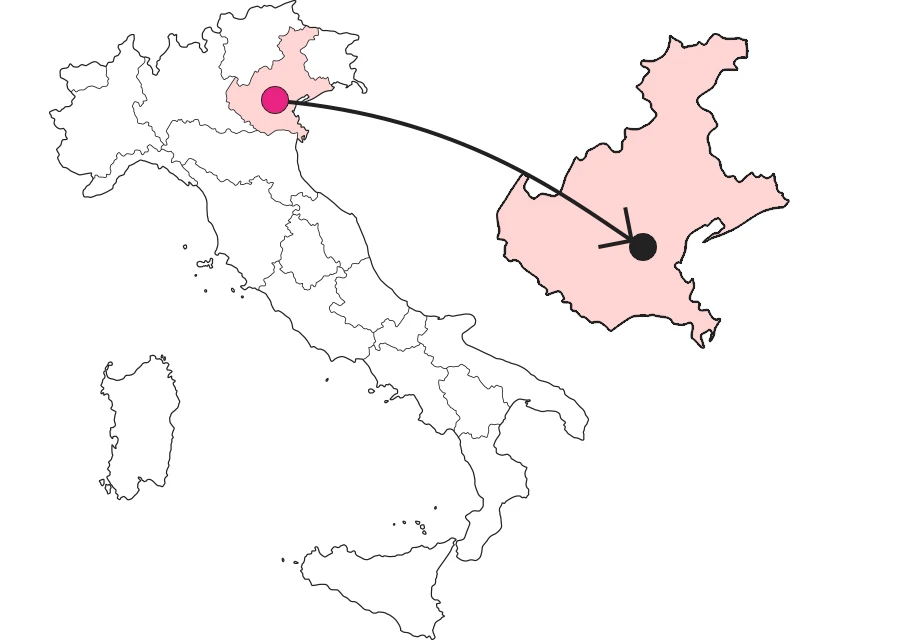SHARRYLAND


The former Jutificio di Piazzola sul Brenta
The New Industry by Paolo Camerini

Where is

What it is and where it is
Walking through the streets of downtown Piazzola sul Brenta, one cannot fail to notice a tall smokestack, the clearest trace of an industrial phenomenon that forever changed the face of Piazzola in the early 1900s. We are talking about the Jutificio opened in 1890 and closed in 1978. This project, one of many by Paolo Camerini, transformed Piazzola into one of the most important industrialized centers of the time, while today it has managed to reinvent itself to continue to be at the center of village life. Are you ready to find out?
Why it's special
The current space is the result of urban redevelopment that began in 2000, which transformed that abandoned industrial area into a residential, commercial, and service area while preserving structures and architectural elements of the former factory. Where possible, the architects maintained the original appearance by marking the streets and squares with corten plaques with names that recall the working function of the places. Thanks to this expedient, this place seems suspended between two different timelines, early 1900s and 2000s. A really interesting experience!
Don't miss
The most fascinating elements are definitely those that have retained their former appearance, These include the 'entrance and side buildings preserved exactly as employees of the time saw them. But not to be overlooked are the second spinning room, which covers about 5,000 square meters and is used for city events, the tower that contained water for fire-fighting, humidifying work rooms and baths, or the teazer (carding room): the current headquarters of the Pro Loco of Piazzola sul Brenta and a museum of some restored technical drawings of the Jutificio, which can be visited during opening hours. And then there are the most iconic places: the chimney and the boiler room.
A bit of history
Built on February 6, 1890 by partners Tiso, Scalfo (weavers from Cittadella), Pavan and Paolo Camerini, who owned the land, it was completed in 1894. When Camerini became sole owner in 1901 it came to cover 22,000 square meters completely enclosed by a red brick wall. By 1926 it employed about 1,100 people. The labor force was predominantly female, and mothers were also provided with an area for breastfeeding and child care. In 1978 after a period of strikes and difficulties the Jutificio closed, leaving the 170 remaining workers without work.
Trivia
A few cast-iron columns still remain from the first spinning room in what is now a square. The jute arrived from Calcutta via the railroad that entered directly into the factory where a joint was provided to allow the wagon to turn 180 degrees and exit. The machines, like all the documentation and the first department heads, were British. It seems it was these who started the first Piazzola soccer team, the present "Plateola."
Enter the Map of Italy's Undiscovered Wonders and find treasures where you least expect it... Inspire, Recommend, Share...
Collections
The Map thanks:
Enter the Map of Italy's Undiscovered Wonders and find treasures where you least expect it... Inspire, Recommend, Share...
Where is

Collections

